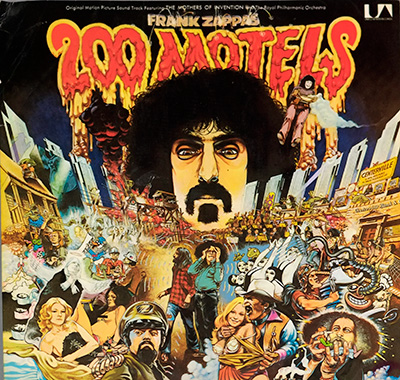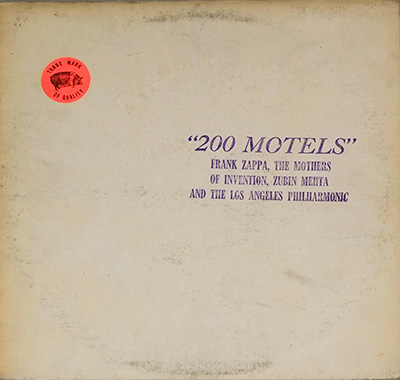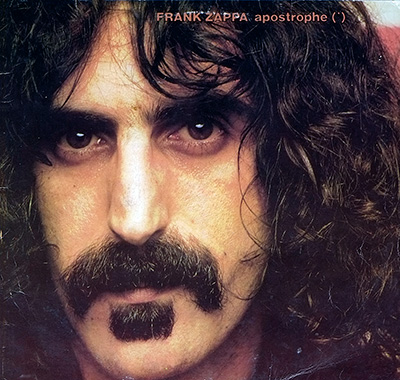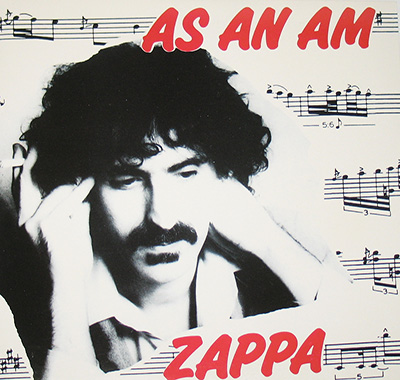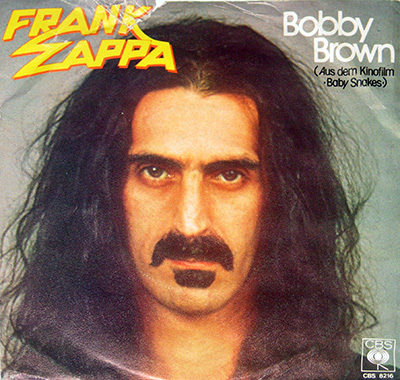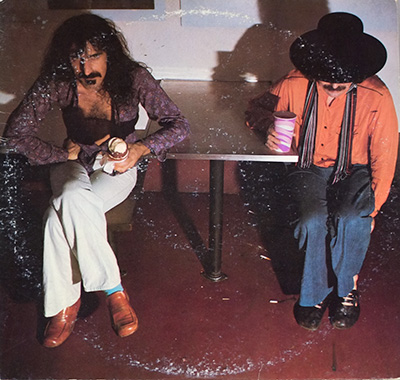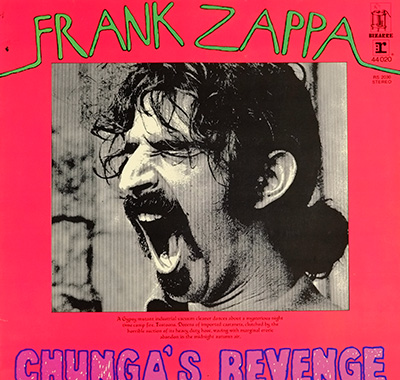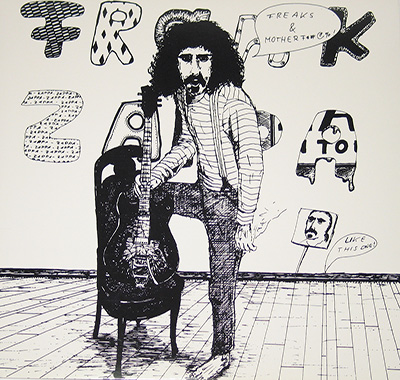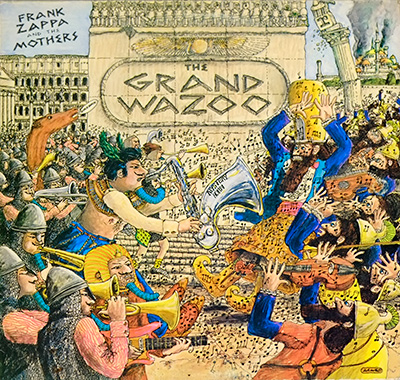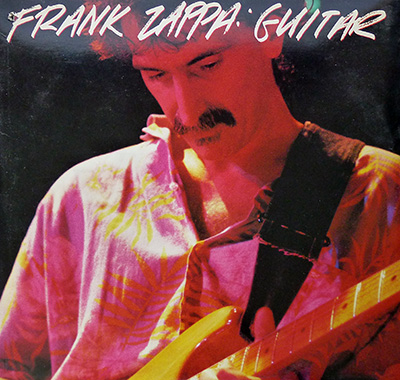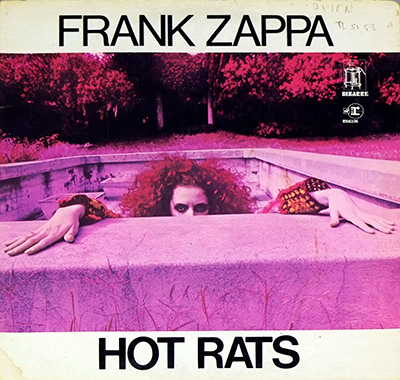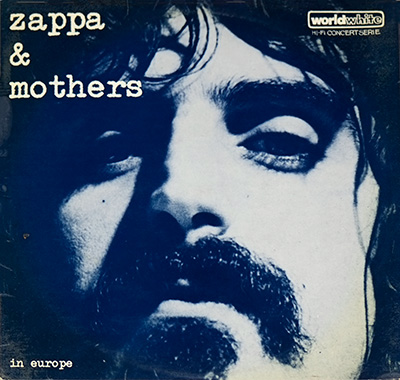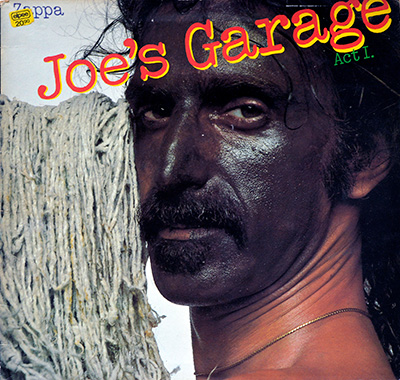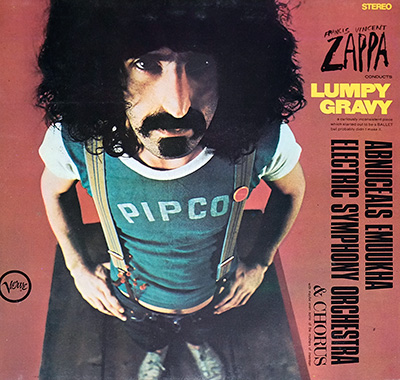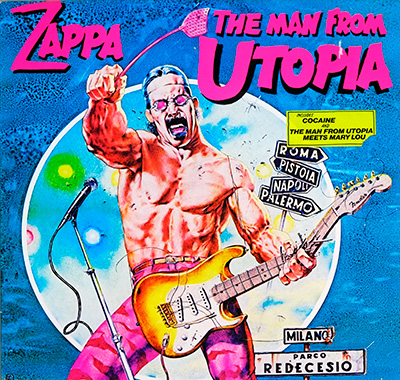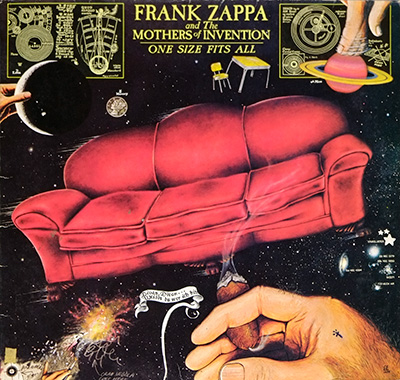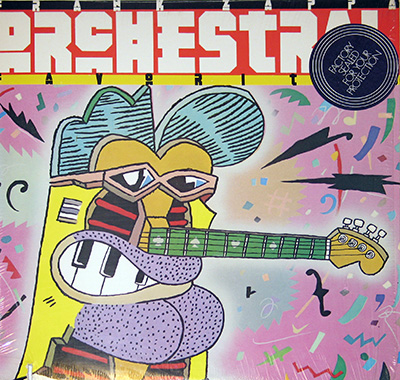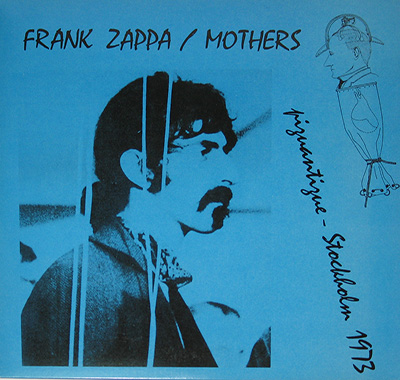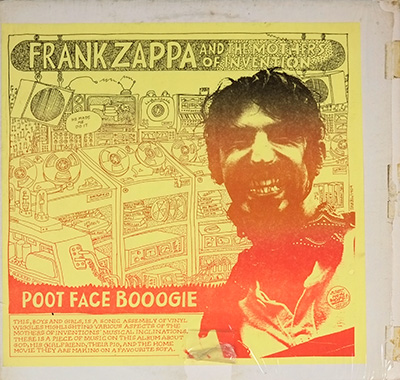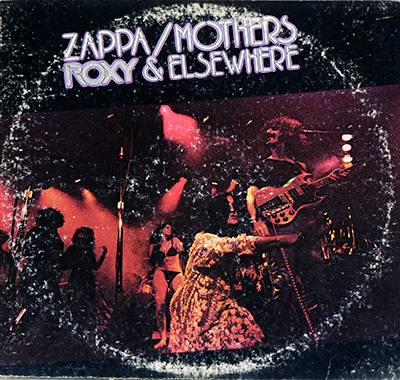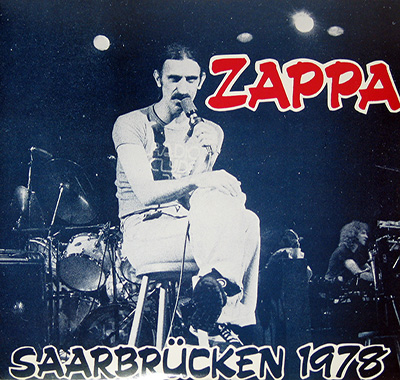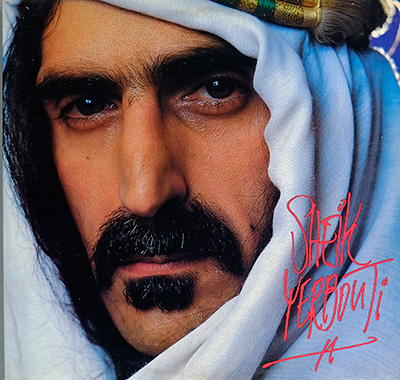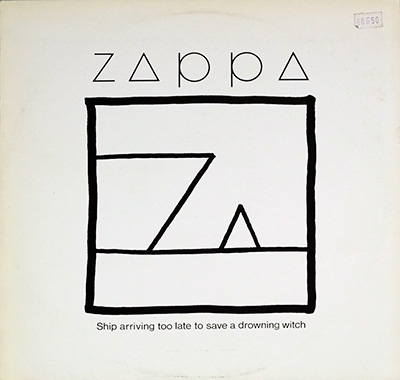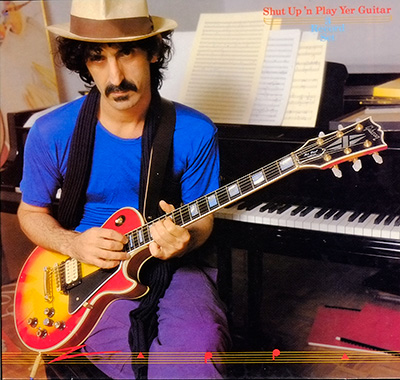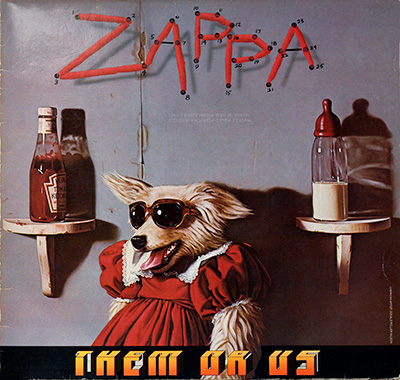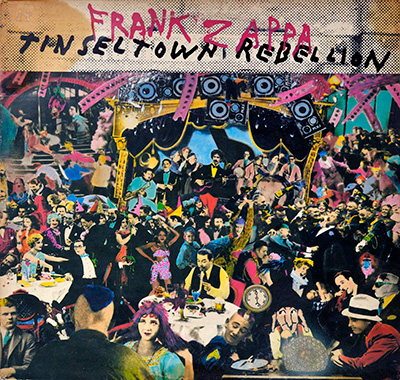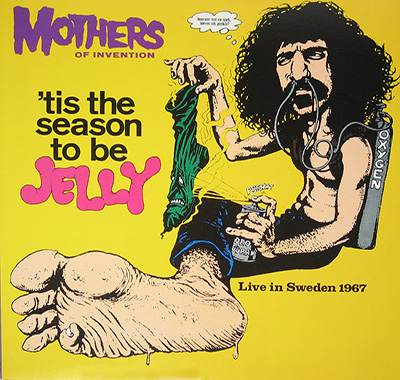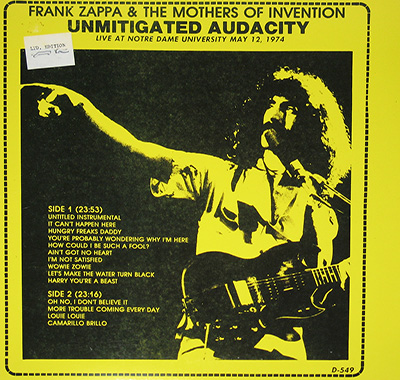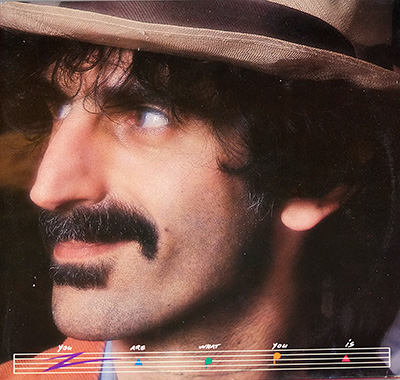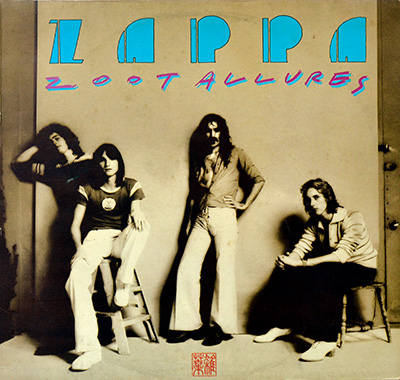Terry Bozzio – The Precision and Madness of a Drummer’s Art
In the tangled web of 1970s American rock, where virtuosity sometimes meant excess, Terry Bozzio emerged as something far rarer: a drummer who understood chaos as a kind of composition. Born on December 27, 1950, in San Francisco, Bozzio grew up in a city that was boiling over with experimentation—from psychedelia to jazz fusion—and by the mid-1970s, his drums became both a weapon and an orchestra.
The Zappa Years
Bozzio’s break came in 1975 when Frank Zappa, the mercurial composer and satirist, recruited him for a band that demanded military precision and jazz improvisation in the same breath. The partnership resulted in albums like "Zoot Allures" (1976), "Sheik Yerbouti" (1979), and the live tour document "Zappa in New York". The recording sessions took place largely at Zappa’s own U.MRK (Utility Muffin Research Kitchen) in Los Angeles—a studio where madness was engineered with scientific control. Bozzio became Zappa’s rhythmic interpreter, navigating intricate time signatures, lyrical absurdity, and the volatile atmosphere of late-70s Los Angeles recording culture.
From Experimental to Pop Art: Missing Persons
In 1980, seeking new ground, Bozzio teamed up with guitarist Warren Cuccurullo and vocalist Dale Bozzio, his then-wife, to form the band Missing Persons. Recorded with producer Ken Scott at Utopia Studios in London and later in California, their debut album "Spring Session M" (1982) turned new wave into a kind of futuristic pop sculpture. Bozzio’s drumming was crisp, metallic, and almost architectural—every snare hit placed like a beam in a modernist building. Songs like "Words" and "Destination Unknown" became early MTV icons, showcasing his ability to bring avant-garde rhythm into commercial form.
Collaboration and Fusion
After the disbanding of Missing Persons in the mid-1980s, Bozzio became a sought-after session drummer and collaborator. He joined forces with Jeff Beck for the groundbreaking album "Guitar Shop" (1989), recorded at The Sol Studios in England under the engineering of Leif Mases. The sessions fused Beck’s lyrical guitar phrasing with Bozzio’s sculptural percussion, resulting in a Grammy Award for Best Rock Instrumental Performance. He also contributed to projects with Steve Vai, Dweezil Zappa, and various experimental musicians who valued his control over complex rhythmic structures.
Controversy and Artistic Isolation
Fame never sat easily with Bozzio. His departure from Missing Persons was mired in creative disagreements and the collapse of his marriage to Dale. Later, his reputation for being a perfectionist—sometimes tyrannical in the studio—earned him both admiration and friction among peers. Yet even in isolation, he pursued rhythmic purity with obsessive zeal, building enormous custom drum kits that transformed the drummer’s seat into a throne of discipline. His later solo recordings and performances blurred the line between percussion and composition, more akin to chamber music than rock.
The Ongoing Experiment
By the 1990s and beyond, Terry Bozzio had drifted from mainstream rock into something resembling modern percussion art. His recordings in European studios—often self-produced—explored ostinato and polyrhythmic layering, turning rhythm into melody. He toured extensively, performing solo concerts that resembled improvised symphonies rather than drum solos. Through it all, Bozzio remained the same fierce craftsman who once played Zappa’s impossible charts, guided by a sense of rhythm as a living architecture.
